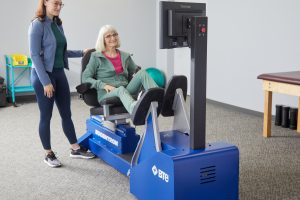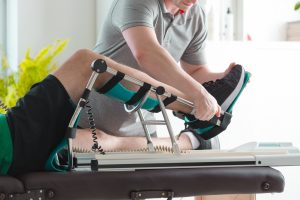-

Discover proven adaptive equipment solutions for occupational therapy that improve patient independence while ensuring insurance regulatory compliance.
-

Active vs Passive Exercises During Rehab: Interventions and Strategies for Optimal Patient Outcomes
CategoriesTransform your patient rehab outcomes. Learn how active vs passive exercises impact neuroplasticity, patient engagement, and long-term independence goals.
-

Launching a neurological rehab program can transform both your clinic and your community. You’ll not only improve patient lives but also open new doors for growth and long-term success. In this guide, you’ll find practical insights, lessons learned, and real-world steps to help you confidently add neuro rehab to your outpatient practice.
-

Occupational Therapy Cognitive Assessments: Tools and Techniques for Effective Evaluation
CategoriesDiscover essential occupational therapy cognitive assessments to enhance patient care. Learn about tools, techniques, and best practices in OT evaluations.
-

Explore top occupational therapy equipment for stroke rehab designed to assist stroke survivors in regaining mobility and performing everyday tasks.
-

Explore our total knee replacement rehab protocol for a step-by-step recovery plan, enhancing mobility and strength post-surgery.
-

Learn how to choose and apply the right occupational therapy assessments, from ADLs to cognition. Improve outcomes, guide care plans, and elevate your clinical practice.
-

Learn how to measure hand grip strength, track progress, and enhance therapy outcomes with personalized grip strength exercises. Enhance injury recovery, build strength, and help patients regain functional abilities with the PrimusRS' advanced grip strength testing and treatment protocols.
-

Eccentric training is transforming Parkinson's disease rehabilitation by addressing motor challenges with groundbreaking results. Discover how high-intensity eccentric resistance training can improve strength, mobility, and quality of life for PD patients. Learn about the latest research and practical strategies for physical and occupational therapists.



